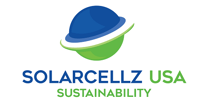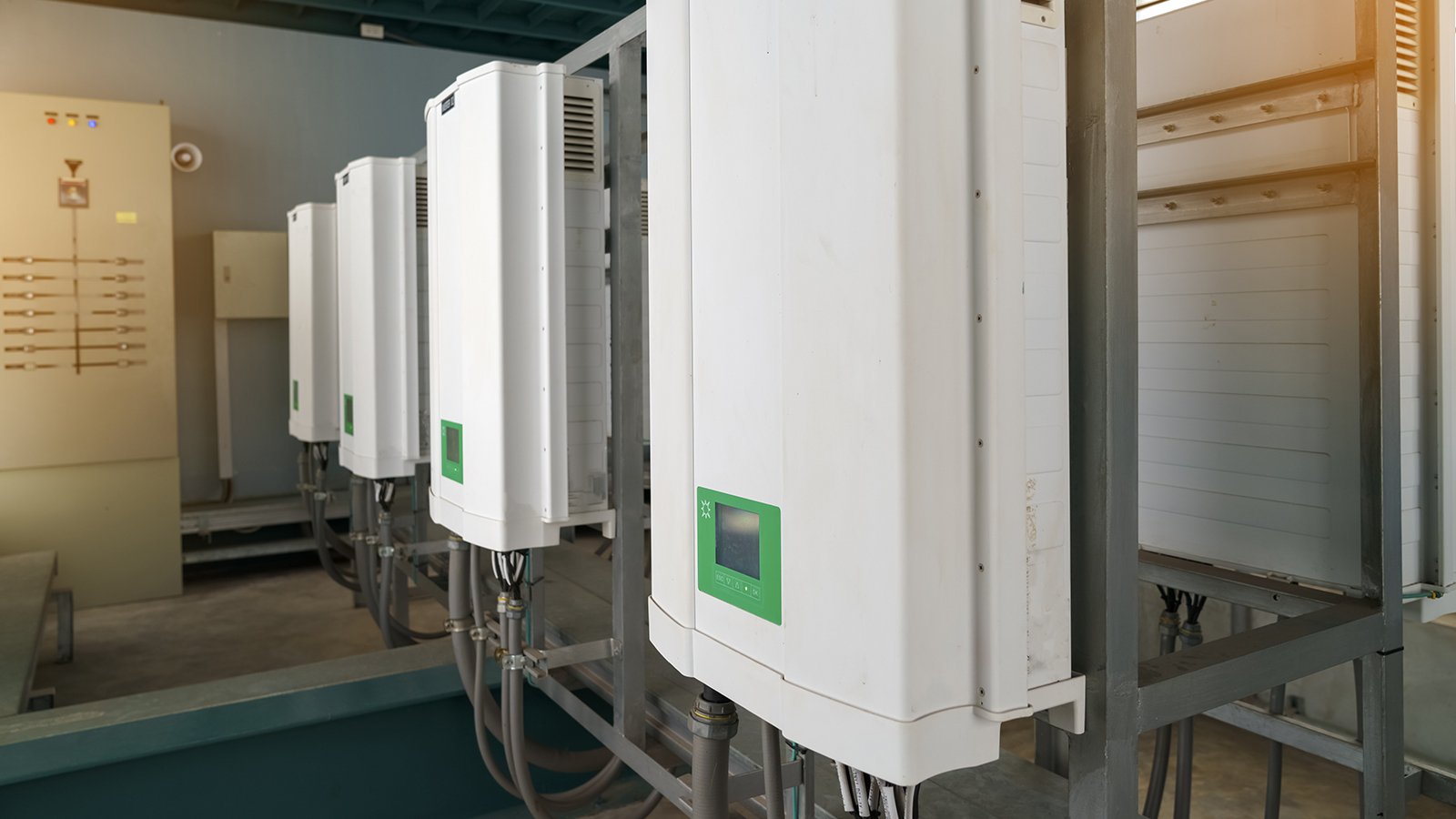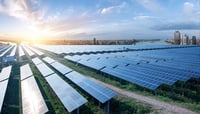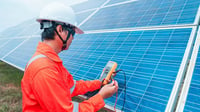Reuse is a major theme in a global effort to reduce waste and maximize a product’s lifespan. Across multiple industries, secondary markets exist to support reuse. From computers and electronics to cellphones, clothes, auto parts and more, reusable goods are remarketed.
The concept of reuse looks good on paper. But what about products like PV inverters that altogether stop working? Is it better to repair or refurbish inverters, or should we mark them as ‘done’ and ship them off to recycling facilities?
The answer is yes and yes. In some cases, parts of an inverter can be reused whereas other parts should be recycled to ensure recovery of valuable components and raw materials.
The issue of malfunctioning inverters is commonplace. According to a 2020 survey conducted by NREL, roughly 43% of maintenance calls on PV systems in the United States are due to inverter malfunctions. And 35% of measured yield losses are due to inverter failures.
Solar inverters that are not yet at end-of-life can often be refurbished to optimize performance and extend their useful lives. Many failing inverters need only wiring or circuit board replacements in order to function like new. Refurbished inverters can be used as replacements for existing PV systems, which is especially helpful when systems contain models that manufacturers no longer produce. Or, they can be resold as a lower-cost alternative.
To learn more about inverter lifespans, defects, maintenance, and opportunities within the secondary market, we chatted with Nathan Roberts, sales director & engineer at Solar Cellz USA, a PV hardware reseller with in-house testing and repair services for solar inverters. Solar Cellz has been a member of EnergyBin since 2022.
EB: Tell us about Solar Cellz and your experience. What made you decide to pursue a career in the solar industry?
It all started 17 years ago with a newfound passion for solar energy. I was a recent graduate from North Carolina Agriculture & Technical State University and went to work for ATC Associates as an environmental scientist.
While there, I attended networking events hosted by North Carolina Sustainable Energy Association where I met a number of influential people in the industry. One of those people was Amory Lovins, the co-founder and chairman emeritus of Rocky Mountain Institute. To this day, he inspires me in my work. He wrote a book called Reinventing Fire, which stirred my interest and motivated me to dedicate my career to clean energy.
My business partner and I launched Solar Cellz in 2013 as a social media company promoting PV hardware products. Then in 2020, we evolved into distribution. Solar Cellz offers homeowners, installers, and EPCs access to financing, design services, and professional assistance with permitting processes.
EB: According to the Bern University of Applied Sciences, inverter life expectancies range from 6 to 15 years. Their research points to various factors affecting an inverter’s lifespan, including the manufacturer, installation site, and design. Would you comment on these factors, and are there other factors that affect inverter lifespans?
PV inverters age due to the wear of electro-mechanical capacitors over time. Electrolyte capacitors have a shorter lifetime and therefore age faster than dry components. This is the main reason why a typical centralized string inverter only lasts about 10-15 years.
Yet, some manufacturers have created designs that take this into account and seek to extend the product’s lifespan. For example, microinverters are said to last an average of 25 years.
Regarding installation, placement matters. Inverters protected from weather, humidity, dust, and sunlight will last longer than those exposed to these elements.
Furthermore, maintenance is a factor that contributes to longer lifespans. For instance, cleaning the inverter on a regular basis reduces the amount of dust build-up that can deteriorate components over time.
EB: PV Evolution Lab (PVEL) further reports intense heat or high humidity as factors that affect inverter aging. One particular common defect in power semiconductors is “bond-wire lift-off”, which is caused by extreme heat. Would you explain this defect?
Bond-wire lift-off is a major cause of degradation in PV inverters. It essentially induces strain at the interface of the materials within the different coefficients of the thermal expansion. This inevitably leads to fatigue and causes component failures.
On the inverter circuit board, if the semiconductor lifts up, the bond wire also lifts up and detaches from the board and thus subtracts from the power demand. As a result, the electron curve created by the insulated-gate bipolar transistor (IGBT) is stressed, and power is diminished.
To resolve this issue, the industry needs next-generation inverters that include thermal management and control technology, which would allow for intellectual mitigation of thermal cycles.
EB: What other common inverter defects have you seen?
In addition to bond-wire lift-off, we tend to see overheating, faulty installation, inverter isolation fault, maximum power point tracking issues, and solar inverter restarting issues. Some of these issues can be prevented from the onset. For example, an inverter exposed to direct sunlight, dust, and weather will deteriorate at a faster rate than one installed in a storage unit or garage.
EB: What defects are repairable, and in what circumstances should inverters be recycled?
It really starts with design. If products were designed in such a way where repairs could easily be carried out, they could be recycled more effectively at end-of-life. For instance, if we could remove the electrical board, replace or refurbish it, we could more easily extract single components for reuse and recycling.
There are some models on the market today that take this design method into consideration. Such designs allow us to replace the board with new or refurbished boards while leaving the boxes, wiring, and other components. If a board can’t be repaired, then it should be recycled.
The goal is to keep e-waste out of landfills because of toxic substances that exist in components, including mercury and lead. Disposing of these substances in a responsible manner is critical.
Solar Cellz partners with a recycling facility to send end-of-life inverters we’ve decommissioned. Our partner uses a process that recovers all valuable components and materials while properly disposing toxic substances.
EB: Solar Cellz provides in-house testing and repair services. Would you walk us through your testing and repair process for inverters?
We test for general performance and for common defects with a multimeter as well as a megger to determine whether the board needs to be swapped out. Sometimes, we only need to replace internal wiring that has overheated. Other times, we replace the entire board.
EB: Are you seeing a lot of refurbished inverters for resale in the secondary market?
Yes. We mostly see SMA Sunny Boys that are refurbished and remarketed. Buyers can find refurbished inverters on sites like eBay (retail) and EnergyBin (wholesale). They tend to sell quickly and for a good price.
EB: What advice do you have for those buying inverters and for those assessing the risk of installation?
For buying refurbished inverters, I agree with the advice given in EnergyBin’s article, What You Should Know About Buying Refurbished Solar Panels and Inverters.
First, verify the inverter meets your power needs and that it has been thoroughly tested. Second, conduct a cost analysis. And third, work with a reputable reseller.
Don’t look at price alone. Quality is just as important. Consider how long the refurbished product will last by studying the test results. The last situation you want to find yourself in is buying a refurbished inverter for $900 that dies 1-2 years later.
EB: What tips do you have for those who install inverters?
I actually have seven tips regarding the installation and maintenance of PV inverters
1. Make sure the inverter fits your system.
2. Pick a dry, dark place, such as a garage or storage unit, to install the inverter.
3. Regularly wipe away dust and clean air filters.
4. Periodically inspect the cable connections.
5. Regularly measure voltage at the container box with a multimeter.
6. Check the torque on terminations.
7. Check the mechanical connections from the inverter(s) to the wall or ground to ensure correct grounding.
Following these tips will extend the life of the inverter. Anyone, whether you’re a homeowner, an installer, or maintenance technician, can perform these preventative maintenance tips.
EB: When planning a project, what are your recommendations for budgeting for the expected costs of inverter repair or replacement?
You need to include the cost of preventative and corrective (aka. reactive) maintenance, regardless of the size (residential, commercial, or utility-scale) of your solar project. Preventive maintenance includes the cost of regular cleaning as well as routine inspections and equipment servicing. Corrective maintenance addresses repair needs following breakdowns and any cost associated with unplanned downtimes.
Another type of maintenance to consider budgeting for is called condition-based maintenance, which uses real-time data to anticipate failures and prioritize maintenance activities. A growing number of third-party integrators offer this service.
With respect to budgeting, I generally recommend factoring 18% of the sum of hardware, installation, permitting, and interconnection costs for maintenance. Again, maintenance costs include monitoring, repairs, cleaning, and any additional operational overhead.
EB: The industry research firm, Wood Mackenzie, expects annual global solar repair and maintenance spend to reach $9.4 billion by 2025. The firm reports that operations & maintenance contracts cover a limited number of maintenance activities. In your opinion, what opportunities does this issue create for the secondary solar market and companies like Solar Cellz?
For starters, every installer should take this projection as their opportunity to create a robust service department. We need more service hands on deck and more boots in the field. I get a lot of calls from customers across the United States who are looking to hire service providers, yet none exist in their areas.
Electric companies can also take advantage of this opportunity by becoming educated about solar systems and products.
Resellers and solar equipment brokers can also add testing and repair to their service offerings. Repair and replacement go hand-in-hand. If an inverter can’t be repaired, someone has to find a replacement part. Resellers and brokers are usually very good at locating hard-to-find parts.
EB: How does Solar Cellz use EnergyBin to discover new business opportunities?
EnergyBin is a great value. I post inventory for sale and send broadcast emails on a daily basis. I receive a lot of inquiries from wholesale buyers wanting to connect with me to source modules and inverters. They also ask questions about their designs, which allows me to go beyond the sale of hardware and provide value-added services, such as my engineering expertise, to their customer experience. EnergyBin is the platform that empowers me to develop and nurture these relationships.
EB: What's next for Solar Cellz? Where do you see your company in 5-10 years? How is your company committed to accelerating a robust and sustainable secondary market?
We’re growing every day. I’m especially excited about our participation in STEP (Solar Training and Education for Professionals). This governmental program is meant to help build the labor force required to achieve the clean energy transition. We also have plans to expand and enhance our reuse and repair services as well as our partnerships with qualified recycling facilities.
A special thanks...
 To Nathan Roberts for sharing your industry expertise about PV inverters as well as the testing, repair, and design services Solar Cellz offers.
To Nathan Roberts for sharing your industry expertise about PV inverters as well as the testing, repair, and design services Solar Cellz offers.


 How to Inspect and Test Used Solar Panels for Resale
How to Inspect and Test Used Solar Panels for Resale